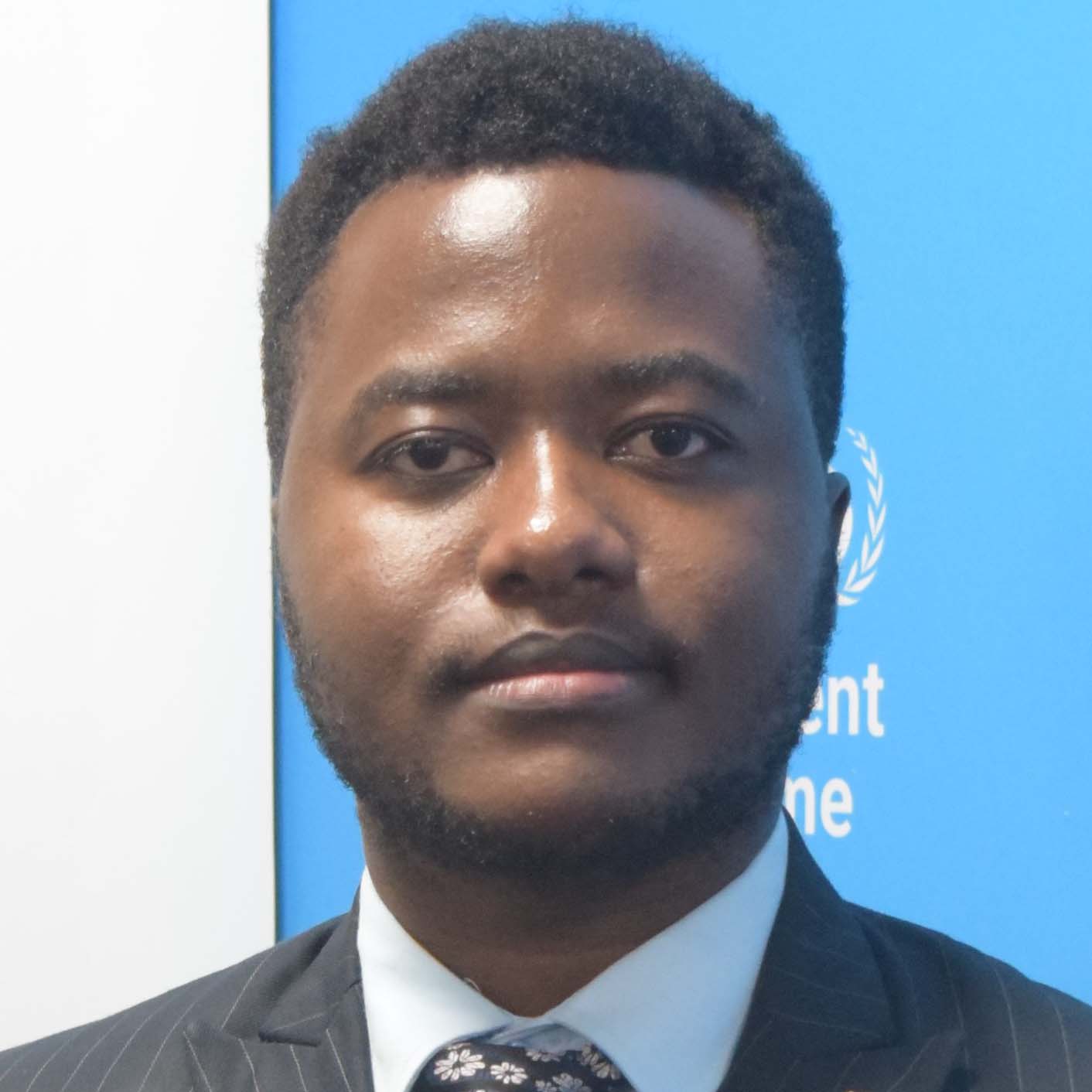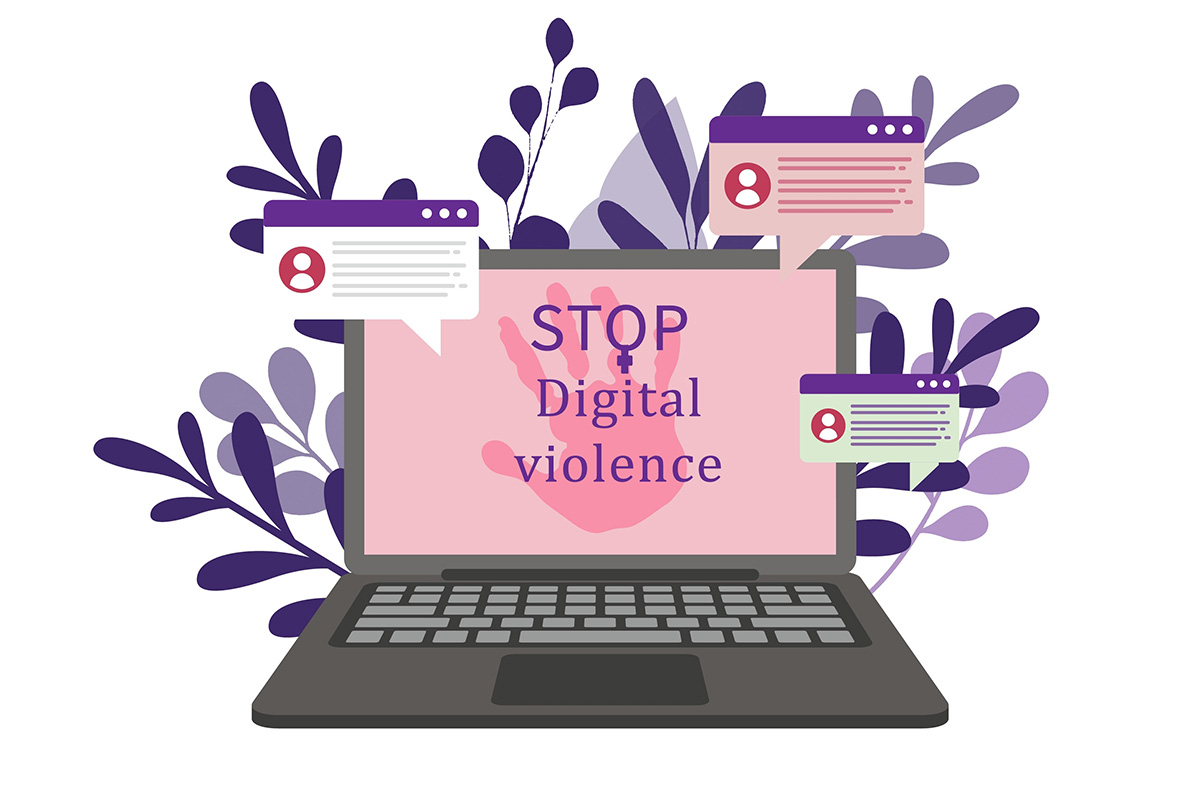The Borderless Guns That Keep Africa Wounded
August 29by Immanuel Mwendwa Kiilu
Africa’s conflicts frequently spill across national borders, fueled by the unchecked movement of small arms and light weapons. An estimated 40 million small arms are currently in circulation across the continent, with about 80 percent believed to be held by civilians, often beyond effective state control. These weapons transform local disputes into devastating regional crises, keeping Africa wounded and its people trapped in cycles of violence.
From the Sahel to the Great Lakes, illegal weapons flow through unmonitored trade routes. In West Africa alone, approximately 10 million small arms are believed to circulate illegally, arming militias and insurgents in Nigeria, Mali, and Burkina Faso. In the Great Lakes and Central African regions, particularly in and around the Democratic Republic of Congo, illicit weapons cross borders with Rwanda and Uganda, fueling prolonged conflicts and undermining peace efforts.
The impact of these borderless guns on regional security is profound. According to a 2019 report by Deutsche Welle, up to 80 percent of the weapons used in African conflicts are illicit, often circulating beyond the control of national authorities. This finding aligns with the Weapons Compass report, jointly published by the African Union and the Small Arms Survey, which maps the movement of illicit arms across the continent and exposes the loopholes in border control systems. Artificial borders, often drawn without regard to ethnic or geographic realities, facilitate the movement of smugglers and armed groups who exploit weak border controls to expand their reach. The African Union Border Programme (AUBP), while focused more broadly on border governance and cooperation, reflects recognition of this challenge, though its impact on stemming illicit arms flows has been limited. This weakness in border management directly fuels cycles of conflict and instability.
The consequences are severe. Unregulated arms flows across porous borders cause ceasefires to collapse and peace talks to collapse. Civilians bear the brunt of this violence. The ongoing crisis in the Sahel, where armed groups operate across Mali, Niger, and Burkina Faso, illustrates how unchecked weapons flows intensify instability and trigger humanitarian disasters. The resulting displacement of millions burdens already fragile states struggling to maintain order.
In response, African governments and the African Union developed complementary frameworks including the Bamako Declaration and regional instruments such as the ECOWAS Convention on Small Arms and Light Weapons. Some of these frameworks, such as the ECOWAS Convention, are legally binding on member states, while others, like the Bamako Declaration and Silencing the Guns, express political commitments. These efforts sit within the AU’s flagship continental initiative, Silencing the Guns, conceived under Agenda 2063 to achieve a conflict-free Africa. When the original target was not met, AU leaders extended the initiative to 2030 and appointed a High Representative to drive implementation and coordination.
The initiative is backed by the AU Master Roadmap of Practical Steps, endorsed in 2017, which links disarmament and arms control to governance, development, social cohesion, environmental stewardship, and peace and security. The Roadmap translates ambition into actions that member states and regional bodies can implement, such as marking and tracing weapons, improving border cooperation, and strengthening stockpile management.
Progress exists, although uneven. Satellite imagery, improved customs risk profiling, and cross-border intelligence sharing are helping to disrupt trafficking routes. ECOWAS pioneered a moratorium, later formalized in a binding convention, and national disarmament programs have reduced stocks in specific contexts. September’s Africa Amnesty Month provides a platform for voluntary surrender and public awareness, and it keeps attention on community-level solutions that build trust and reduce demand for weapons. Yet these efforts will only succeed if countries demonstrate sustained political will, ensuring that continental and regional commitments are consistently translated into concrete national action.
Local communities remain pivotal. Their knowledge of terrain and social networks enables early detection of smuggling, and when backed by livelihoods and civic participation, communities resist recruitment by armed groups. Faith leaders, youth networks, and civil society organizations extend the reach of state institutions and can sustain long-term behavior change around weapons possession and dispute resolution.
Ending the scourge of borderless guns requires a comprehensive approach that matches the scale of the problem. Laws and enforcement must be strengthened, national borders better managed, regional cooperation deepened, technology leveraged from border posts to ballistic tracing, and grassroots actors empowered through development and inclusion. Aligning national and regional work with the architecture of Silencing the Guns and its Roadmap is essential, because it transforms a set of parallel efforts into a coherent continental push.
Creating the Africa we want requires fulfilling Aspiration 4: A Peaceful and Secure Africa under Agenda 2063, a vision of a continent free from violent conflict where human security and the rule of law prevail. The 2030 extension acknowledges the unfinished work, and it should also galvanize practical solutions: stronger enforcement of arms control laws, better resourced border agencies, genuine regional coordination, and grassroots empowerment that cuts off demand for illicit arms. If governments, the African Union, regional economic communities, civil society, local actors, faith groups, the private sector, and young people move in concert, then Africa can finally Silence the Guns, heal its wounds, and realize the promise of peace, justice, and prosperity embodied in #AfricaWeWant.
[[Updated on September 1, 2025 at 12:37 GMT to update certain links/references and make minor structural changes to a few sentences.]]






